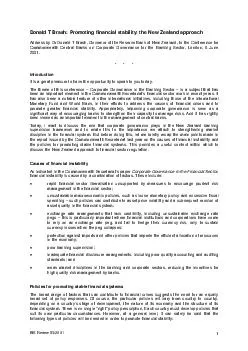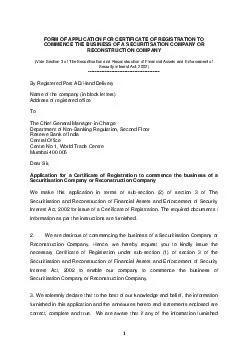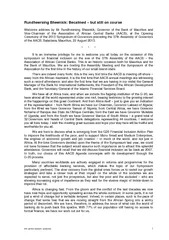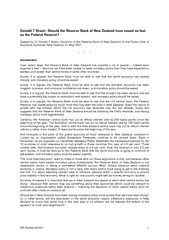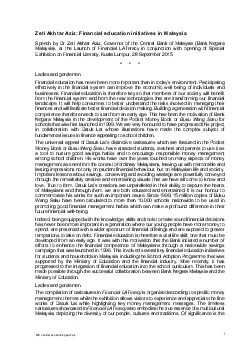PDF-BIS Review Donald T Brash Promoting financial stability the New Zealand approach Address
Author : alida-meadow | Published Date : 2015-02-26
Introduction It is a great pleasure to have the opportunity to speak to you today The theme of this conference Corporate Governance in the Banking Sector is a subject
Presentation Embed Code
Download Presentation
Download Presentation The PPT/PDF document "BIS Review Donald T Brash Promoting fin..." is the property of its rightful owner. Permission is granted to download and print the materials on this website for personal, non-commercial use only, and to display it on your personal computer provided you do not modify the materials and that you retain all copyright notices contained in the materials. By downloading content from our website, you accept the terms of this agreement.
BIS Review Donald T Brash Promoting financial stability the New Zealand approach Address: Transcript
Download Rules Of Document
"BIS Review Donald T Brash Promoting financial stability the New Zealand approach Address"The content belongs to its owner. You may download and print it for personal use, without modification, and keep all copyright notices. By downloading, you agree to these terms.
Related Documents

